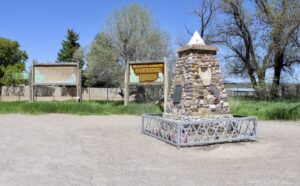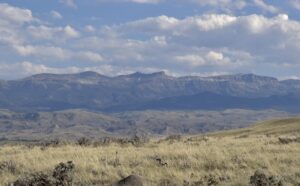Categories
ConservationGeography
Grand Staircase-Escalante National MonumentVideo Presenter
Christa SadlerThe Case for Conservation
The central issue in the ongoing debate about the fate of the Grand Staircase-Escalante National Monument is the question of public lands. In an administration that questions the need for federally owned lands, a debate about the intrinsic value of such lands has become ground zero.
Background:
President Bill Clinton signed the proclamation creating the Grand Staircase-Escalante National Monument (GSENM) in 1996. The 1.7-million-acre Monument acknowledged the geological treasure of the giant elevation gradient that forms the “Grand Staircase”. It was vast enough to protect multiple migration corridors and the genetic health of native plants & animals. It preserved “one of the best and most continuous records of Late Cretaceous terrestrial life on Earth”. And it was vigorously opposed by most Utah politicians.
Surprising his State, then Governor Michael Leavitt decided to cooperate with the Clinton Administration and set an example for State-Federal Partnerships. His efforts paid off, helping settle numerous ongoing land disputes Utah had over federal lands within its borders. The result was the largest land swap in US history. State lands that had been ‘captured’ within the boundaries of this – and other – Federally protected lands, were exchanged for Bureau of Land Management Lands free of these additional protections. (this ‘grew’ the Monument to 1.9 million acres) Private interests were bought out. A 30-year debate about coal mining on the Kaiparowits Plateau was settled.
Or so it seemed.
With State’s rights advocates stoking the fire, the controversy simmered, becoming the most intractable environmental issue in the United States. Soon after the election of President Trump, in the fall of 2017, the Monument was reduced in size by nearly one half, with 3 disconnected Monuments now replacing the original. While the now unprotected lands fall under BLM management, the newly created Monuments have introduced new management plans which reduce protections of the very resources for which the original Monument was declared.
The situation seems destine to be settled in the courts.






